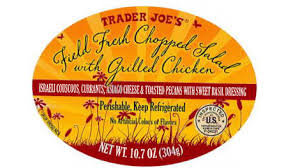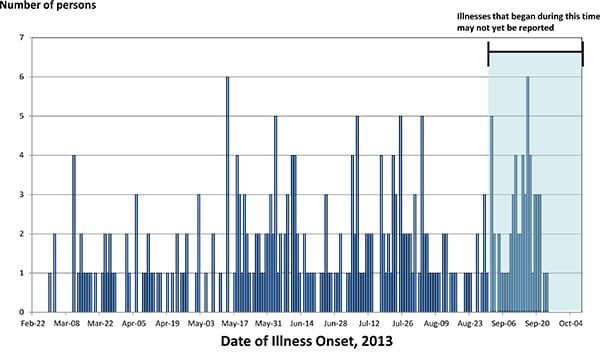Cell-based chicken substitute: The FDA says yes!
In big news for the cell-cultured meat industry, the FDA has done its version of approving production of cellular chicken.
Here, in inimitable FDA-speak, is the agency’s essentially tacit approval of UPSIDE Foods, Inc’s cultured chicken cell material:
Based on the data and information presented…we have no questions at this time about UPSIDE’s conclusion that foods comprised of or containing cultured chicken cell material resulting from the production process defined in CCC [Cell Culture Consultation] 000002 are as safe as comparable foods2 produced by other methods. Furthermore, at this time we have not identified any information indicating that the production process as described in CCC 000002 would be expected to result in food that bears or contains any substance or microorganism that would adulterate the food.
And here’s what The Guardian has to say about this breakthrough.
With Singapore currently the only country in which lab-grown meat products are legally sold to consumers, the US approval could open the floodgates to a new food market that backers say is more efficient and environmentally friendly than traditional livestock farming.
That’s the big news.
But there’s more:
- Wilk makes yogurt using milk from cultivated cells: The Israeli company is the first to create a finished dairy product that has been produced by cells grown outside of an animal.
- Tracking the cell-based meat space: SuperMeat shows off a cultivated turkey prototype in time for Thanksgiving, and Steakholder Foods holds its first U.S. tasting.
Here are my questions:
- How does this stuff taste?
- Is it better than chicken?
- Will anyone want to eat it?
- If they do, can UPSIDE do this at scale?
- What will this chicken substitute cost?
- Is this really better for health and the environment?
I can’t wait to find out.
Tomorrow: What’s happening with plant-based meat alternatives.
***********
For 30% off, go to www.ucpress.edu/9780520384156. Use code 21W2240 at checkout.






